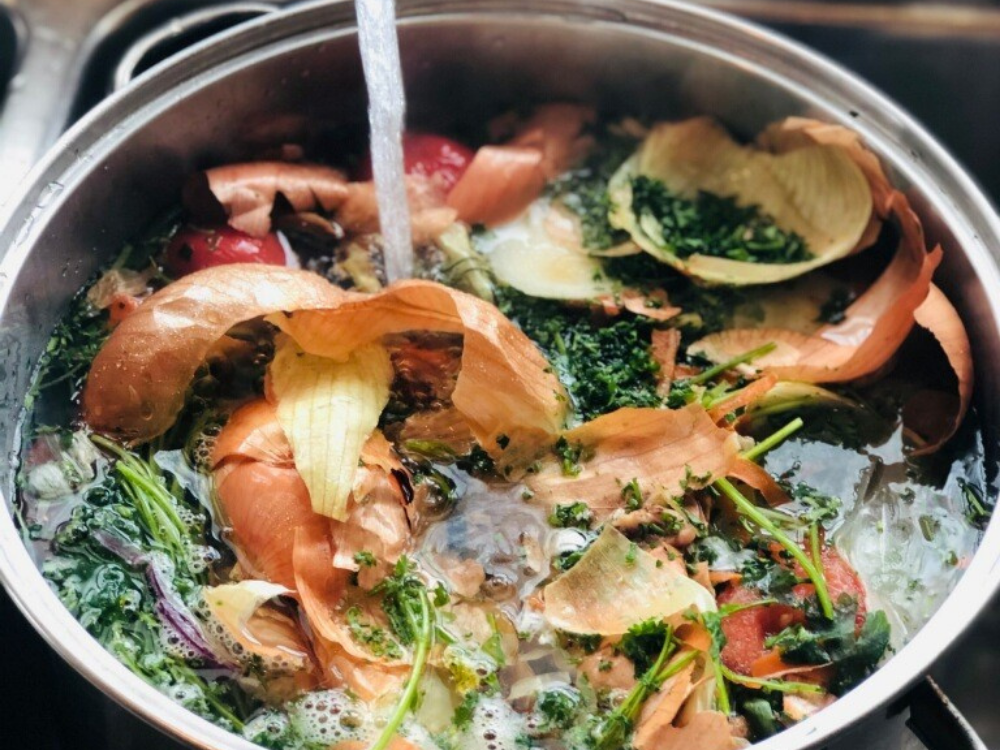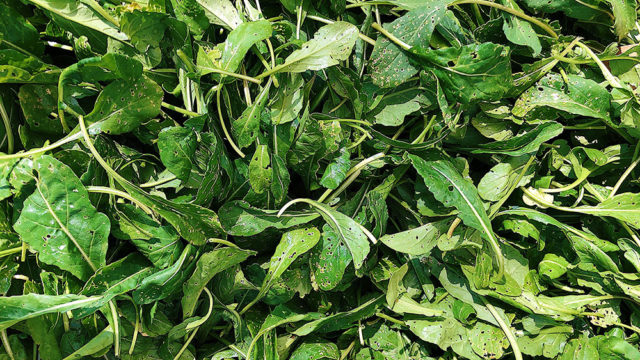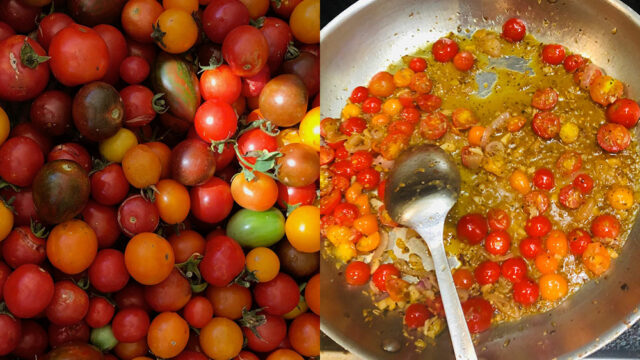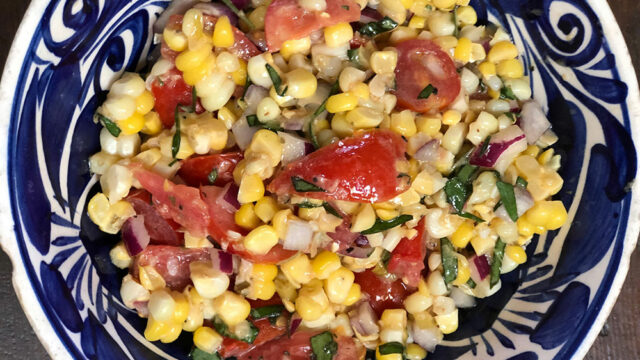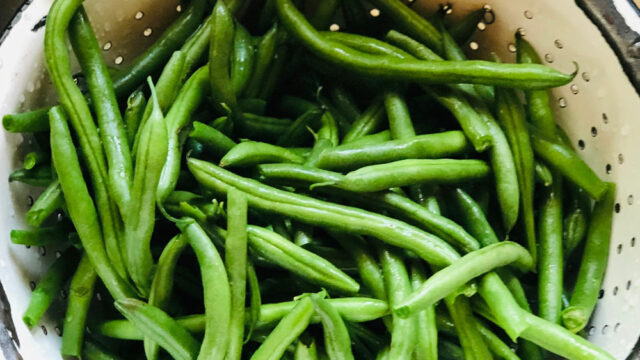Once you learn to make stock from scratch –and it so damn easy – you’ll just never be satisfied with store-bought broths. When I make stock it feels like I’ve completed a purposeful circle. See, the basis for 95% of all of my stocks is food waste – or vegetable, chicken bones and parsley scraps most folks still throw away. This week’s heavy vegetable-infused stock was made from about two weeks of scraps I kept frozen in plastic bags. Carrot peels, celery stalks, onion peels, parsley stems, bruised tomatoes and the bones from last week’s roast chicken – these all gave flavor to what will be tomorrow’s huge pot of minestrone. What many see as trash, I know is flavor.
HOW TO MAKE STOCK – HEAVY ON VEGETABLES
(I could have just as easily made this a 100% vegetable stock but I had chicken bones frozen, so it’s really a hybrid. You choose what to use and what is most yummy to you.)
SCRAPS TO USE ANY AND ALL PARTS: carrots, celery, onions (yellow, white, leeks, shallots), garlic, parsley, tomatoes and chicken or meat bones (beef, pork, lamb). If you haven’t yet stored up scraps and kept in your freezer, it’s fine to chop the vegetables coarsely and use those instead.
IN YOUR BIGGEST STOCKPOT YOU OWN ADD: all vegetables, parsley and (if you choose) meat bones to fill at least the bottom half up to two-thirds capacity of your stockpot. Fill with water.
ADD IF YOU HAVE THEM: a dozen or so black peppercorns and two to three whole bay leaves.
BRING STOCK MIXTURE TO A BOIL: and then turn down to a low simmer. This is how your kitchen can begin to feel like a sauna as you’ll likely have your stock simmer for two to three hours. Don’t keep it boiling – just a steady, low simmer with no lid atop the pot. This is how you get your stock to reduce in volume by approximately half. It’s fine to let it reduce even further – this distillation of water, vegetables, herbs and bones is how stock happens. I know one chef who puts her large stockpot in her oven just before she goes to sleep and keeps the oven on the lowest temp. She wakes up to perfectly reduced stock.
STRAIN AND SALT: once your mixture has cooked down, get a large colander and place atop another pot or very large bowl; pour your entire mixture slowly into a colander so stock can be separated from all the other ingredients. Now, you can finally compost all those veggies and bones. I recommend adding salt to taste at this stage.
FREEZE OR REFRIGERATE: you can most easily freeze your stock by pouring into a zip-lock bag and freezing. Another trick is to freeze stock in ice cube tray and then pop these out and put into zip-lock and use as flavoring cubes for soups and sauces down the road. If you plan to use to make soup, then keep refrigerated.
TIPS: If you wanted a more true chicken stock, then follow this recipe but with the addition of a whole roasted chicken. If you wanted more of a bone broth (which is still stock, darn it) then you’d need two to three soup bones from your butcher, ideally with marrow inside. And, another way to really optimize vegetable flavor for your true vegetable stock is to first roast your veggies for 20 to 25 minutes in a 425-degree oven. This brings out natural caramelization in your onions and carrots. I’m often too lazy to do this step, though.

